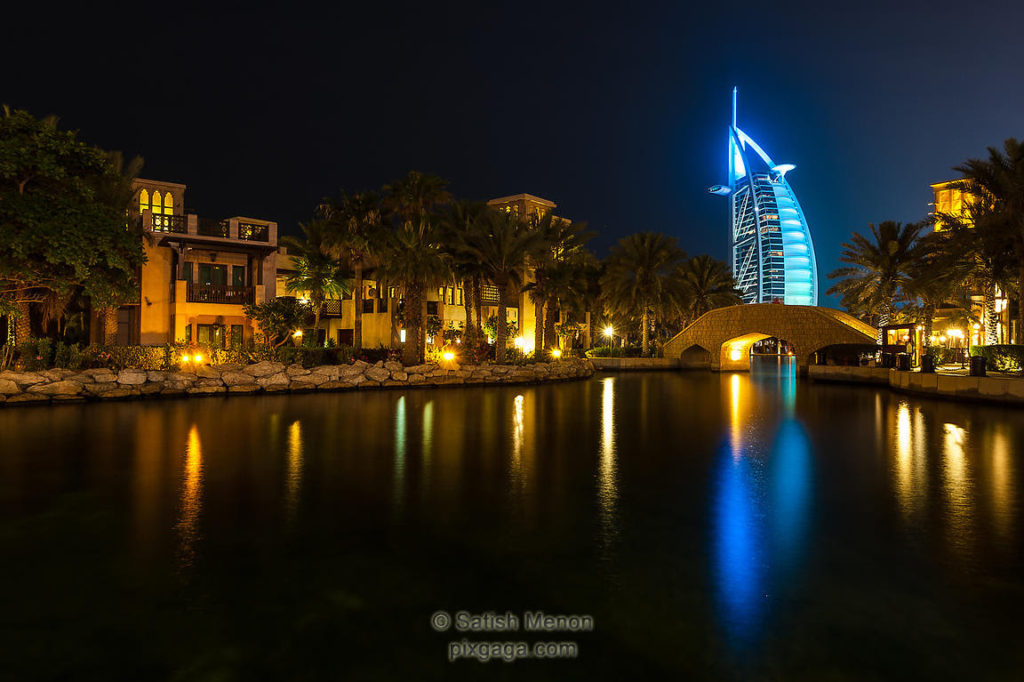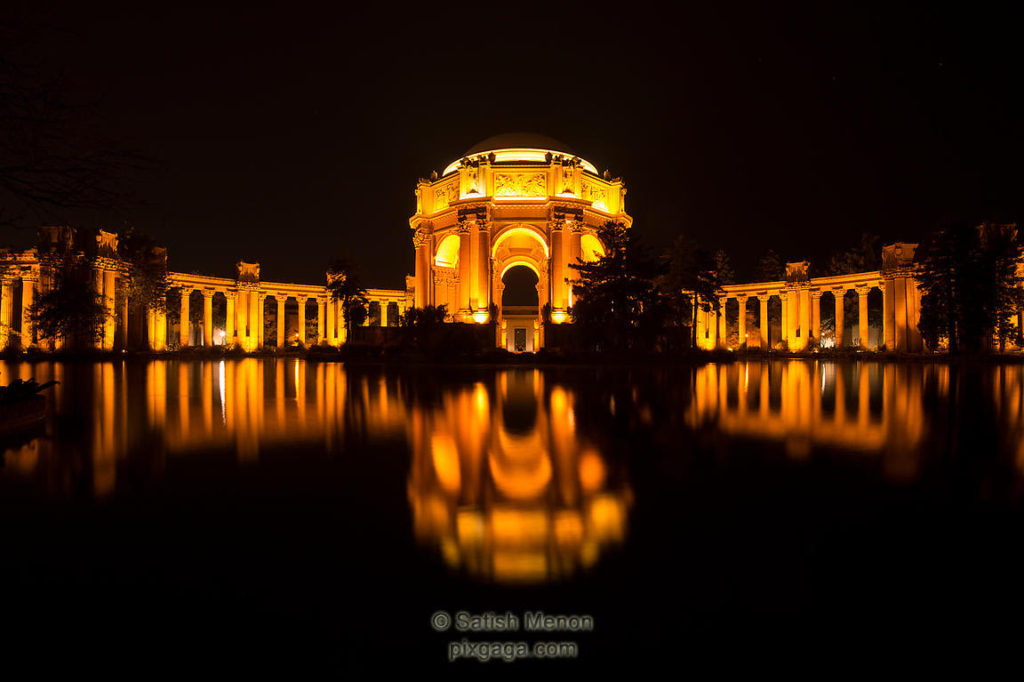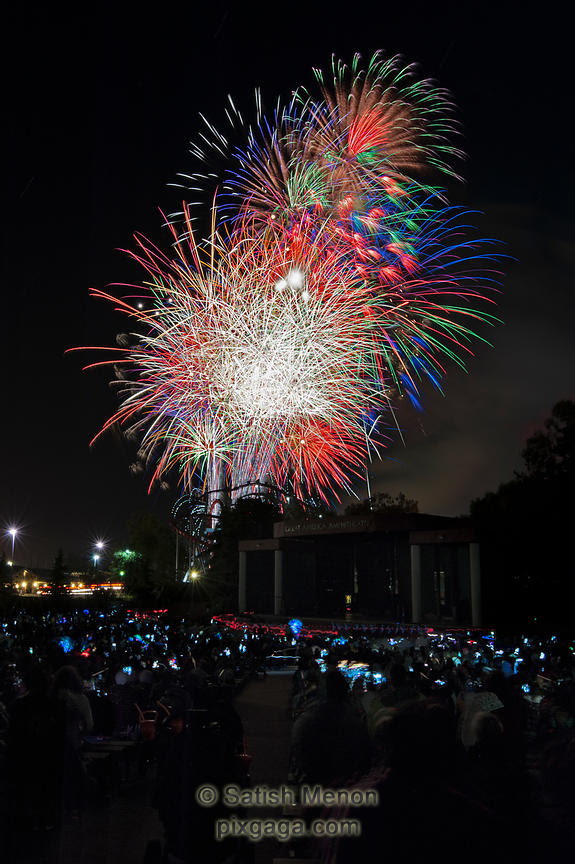Great photographs are often not imagined that way. Many advanced amateur photographers I know, step out into location, take an image with the most obvious composition and then walk away with the idea that they are done. I did this for many years, but I no longer treat my photography that way. I start with the most obvious compositions and then I stay and I stay and I stay. I try another composition and yet another composition and keep on going until either physical exhaustion or mental exhaustion or my next chore deadline hits me. Often, I stay at a location and make hundreds of images. My best compositions then turn out to be those that are closer to the frame 100 mark and almost never near the frame 1. The creative juices start flowing after the most obvious compositions are out of the way. Your brain starts thinking out of the box, after the “in-the-box” thinking is exhausted. This is in fact, a great way to train your composition skills. Lock yourself into your closet and force yourself into making 100 different compositions. Freeman Patterson taught me this through one of his books. Later, when I attended a seminar by John Shaw, he told us the same thing. Ever since, I have tried it very often and every time, I come up with some cool images.
Let me illustrate using one example. This happened two weeks ago. I was travelling with a fellow photographer in his car. Fortunately for me, he was driving and we had an hour to drive before our night photo shoot in San Francisco. He happened to tell me about his new Fuji X100S camera in his glove compartment. I found myself pulling it out and making hand-held shots. I made 300 frames that night and will show you a sample of the progression from trash to good (atleast for my eyes).
I started with images like this one.

One of the first images I made in a series of 300. Nothing spectacular. No big deal. But, this is just a beginning.
The first images made in a series will not be necessarily spectacular. But, it is important to get going.
After a few frames, this is yet another frame that was made.

This image was made shortly after the car started moving. Nothing spectacular here either. But, some ideas are developing. The streaks due to long exposure is triggering a thought …
I want to extend the idea of making light streaks with long exposures. So, I try some more shots.

The streaks are more prominent in this shot. This is validating that some cool images are possible. Need to try variations, with the same idea.
OK, at this point, I am thinking, “what else I can do with this idea?” And then, I make an image like this.

Extending the idea of brandishing my camera during a long exposure. Still not a killer keeper, but I want to keep going.
By this time, I want to keep going with the idea further. Then, after a few frames, I made this image.

Continuing on the streaks during long exposure idea.
Now, the idea of creating an image with streaks during a long exposure, while brandishing my camera, is very encouraging. This is still not a keeper image for me, but it is getting close. I want to keep going.

This is getting a lot closer to a clear keeper. In fact, with a crop to remove the emptiness of the bottom most area and the dark top right area, this is indeed a keeper. Very encouraging.
With the right crop, this is a nice keeper. Let me keep going.

Ooooh! My first keeper, for my eyes. Made by brandishing my camera in circular movement plus bottom left to top right.
By this time, I have completed shooting over 200 frames. From now on, I went on shooting solid keepers. Here are some examples.

One of the keeper images, from a series of 300 shot in a one hour car ride. Never imagined this composition, before I started the car ride.

One of the keepers from the series of 300 images made in a one-hour car ride. This composition could not have been imagined prior to the ride.

My favorite so far, from the whole series. To my eyes, this is a lovely composition.
To summarize, you should practice your photographic composition often. How about 100 images a day? If not, atleast do 500 images a week. In any one practice session, include atleast 100 images of a simple subject. Your composition skills will shoot through the roof, if practiced consistently. This is more useful than reading tens of books on composition.
If you found this article useful, let me know. Email me at info@pixgaga.com. Feel free to forward it, comment on it, and above all please use it.
Good luck with your photographic composition.






















